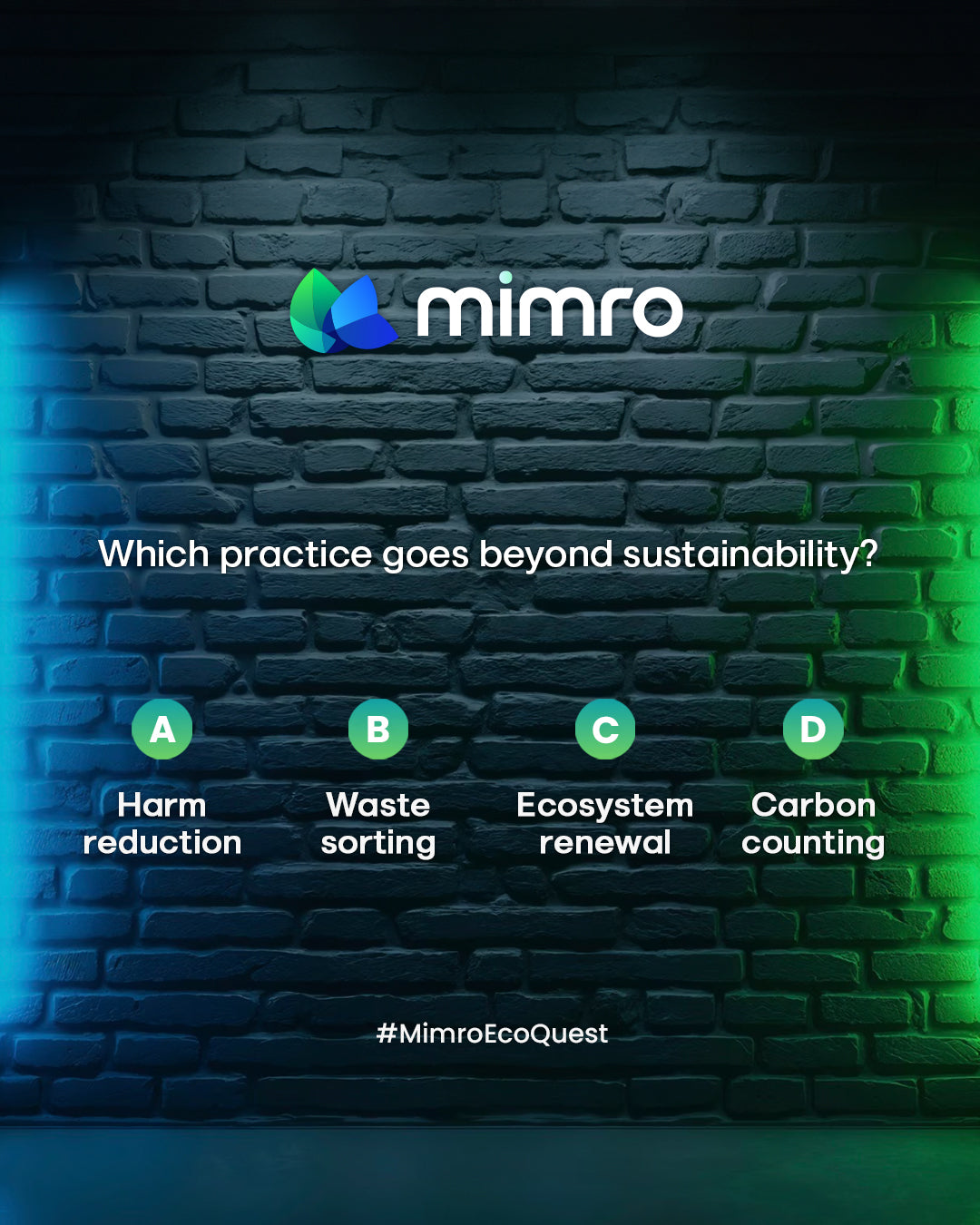New Arrivals
✨New arrivals alert: Sustainable style meets everyday awesome!
This store requires javascript to be enabled for some features to work correctly.
✨New arrivals alert: Sustainable style meets everyday awesome!
Play Eco Quest and see how small, fun choices can make a big impact on Earth!
🌍 Sustainability just got a serious upgrade with this week's eco champion!
🌿Say hello to our newest earth loving arrivals. You're gonna love these!
Play Eco Quest and see how small, fun choices can make a big impact on Earth!
💚One pick, endless impact. Meet the eco find that's rewriting the rules!
Play Eco Quest and see how small, fun choices can make a big impact on Earth!
🌍 Your new favorite eco find is here, and it's making sustainability look effortless!
Play Eco Quest and see how small, fun choices can make a big impact on Earth!
♻️This week's green hero proves planet friendly choices can be seriously stylish!

Play Eco Quest and see how small, fun choices can make a big impact on Earth!
✨The eco product you didn't know you needed but won't want to live without!

Published on July 8, 2025 | 5 min read
In a world designed for speed and convenience, "disposable" has become second nature. Coffee cups, cutlery, packaging, wipes, even clothes used once, then tossed without a second thought. But every item labeled disposable leaves a very real, and often invisible, footprint.
At Mimro, we’re inviting you to look closer because what’s out of sight shouldn’t be out of mind.
We throw things “away,” but there’s no such place. Most disposable items, especially plastics, don’t break down. They break apart into microplastics that pollute soil, water, and even the air we breathe. A plastic fork you used for ten minutes could last 400 years in a landfill or the ocean.
Over 300 million tons of plastic waste are produced every year, and nearly half is from single-use packaging alone.
Disposable items might seem cheap and easy, but they often rely on resource-intensive processes. Consider this:
These products carry a carbon cost from manufacturing to disposal, and the burden often falls on low-income communities living near landfills or incinerators.
Many items today are intentionally made to be tossed, not repaired or refilled. This linear system (take, make, waste) creates a cycle that’s hard to break. But here’s the good news: waste is a design flaw, not a personal failure. And we have the power to rethink the system.
We believe the opposite of disposable isn’t inconvenient, it’s intentional. Mimro curates products made to last, made to be refilled, rewashed, and reused.
Some simple swaps that make a big difference:
These aren’t just better for the planet, they’re better for your wallet and your wellbeing.
Every time you refuse a plastic straw or reuse a jar, you’re participating in a bigger story: one that values durability over disposability, and care over convenience.
So next time you see “disposable,” ask: at what cost?
At Mimro, we’re here to help you choose differently with tools, swaps, and stories that support a lighter footprint and a brighter future.
Published on July 3rd, 2025 | 4 min read We often hear that living more sustainably means driving less or...
Published on July 2nd, 2025 | 4 min read When it comes to climate change, it’s easy to feel like...
Published on 26th June | 5 min read Imagine this: one bottle, used over and over, eliminating the need for...
Published on July 3rd, 2025 | 4 min read We often hear that living more sustainably means driving less or...
Published on July 2nd, 2025 | 4 min read When it comes to climate change, it’s easy to feel like...
Published on 26th June | 5 min read Imagine this: one bottle, used over and over, eliminating the need for...

